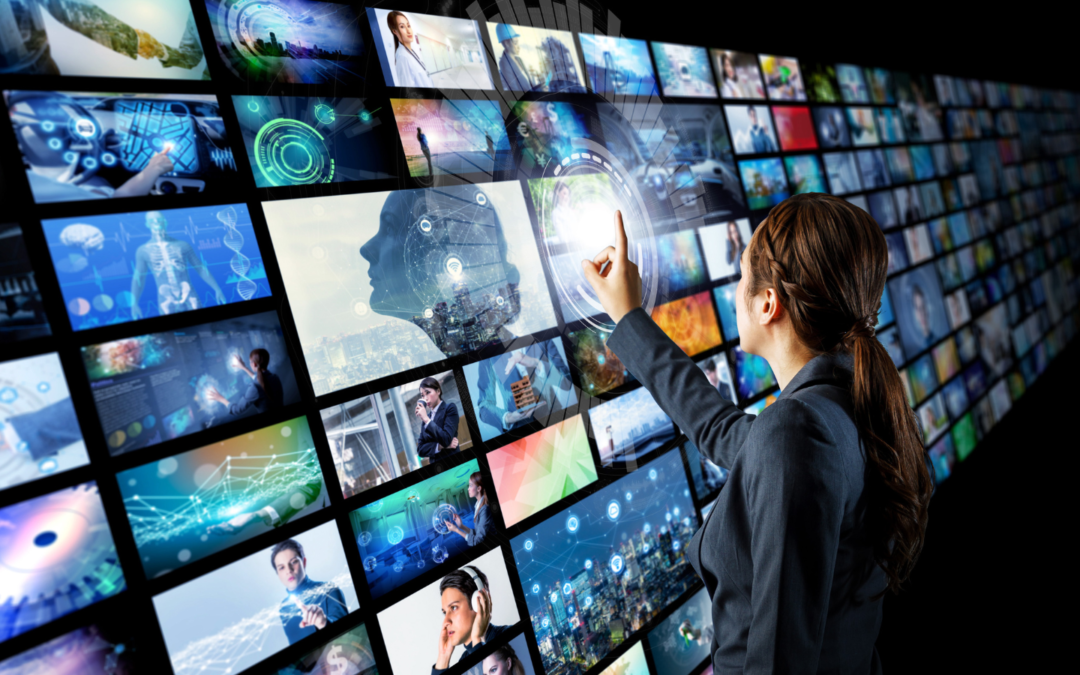Since the rollout of ChatGPT in 2022, AI has revolutionized content creation, starting with text and expanding into image, audio, and now video. The latest innovation, text-to-video AI, is transforming how narratives are visually conveyed, making visual content more accessible and customizable. This technology, still in its infancy, is rapidly evolving with new tools emerging weekly. Here, we explore six notable advancements in this field and their implications.
Six Technological Advancements in Text-to-Video AI
-
OpenAI’s Sora: Launched in early 2024, Sora is a powerful text-to-video generator that converts written narratives into high-quality, minute-long videos. It integrates AI, machine learning, and natural language processing to create detailed scenes with lifelike characters. Currently available to select testers, Sora aims to extend video length, improve prompt understanding, and reduce visual inconsistencies. Toys ‘R’ Us recently used Sora for advertising, and its wider release is anticipated to revolutionize video creation across industries.
-
LTX Studio by Lightricks: Known for products like Videoleap and Facetune, Lightricks’ LTX Studio converts text prompts into rich storyboards and videos. It offers extensive editing capabilities, allowing creators to fine-tune characters, settings, and narratives. The recent “Visions” update enhances pre-production features, enabling rapid transformation of ideas into pitch decks. LTX Studio empowers creators to maintain high-quality standards and pushes the boundaries of AI in video workflows.
-
Kling by Kuaishou: Kling is the first publicly available text-to-video AI model by the Chinese company Kuaishou. It uses diffusion models and transformer architectures for efficient video generation, leveraging vast user-generated content for training. Although videos are limited to five seconds and 720 pixels, Kling generates highly realistic videos concerning physical dynamics.
-
Dream Machine by Luma AI: Dream Machine generates high-quality videos from simple text prompts and is integrated with major creative software like Adobe. Available to everyone, it aims to foster a community of developers and creators through an open-source approach. However, it struggles with recreating natural movements, morphing effects, and text.
-
Runway’s Gen-3: Runway’s Gen-3 Alpha offers improved video fidelity, consistency, and motion control. Developed for large-scale multimodal training, it supports tools like Motion Brush and Director Mode, offering fine-grained control over video structure and style. It’s noted for handling complex cinematic terms and producing photorealistic human characters, broadening its applicability in filmmaking and media production.
-
Google’s Veo: Unveiled at Google’s I/O conference, Veo produces high-resolution 1080-pixel videos in various cinematic styles. Initially available in a private preview, it builds on Google’s research in video generation, combining various technologies to enhance quality and resolution. Veo plans to integrate its capabilities into YouTube Shorts and other Google products.
Challenges and Ethical Considerations
As text-to-video AI technologies advance, the potential for misuse, such as creating deepfakes, increases. These tools can spread misinformation, manipulate public opinion, and pose threats to personal reputations and democratic processes. Ethical guidelines, regulatory frameworks, and technological safeguards are essential to mitigate these risks. The industry needs transparent practices and ongoing dialogue to develop technologies that detect and flag AI-generated content to protect against malicious uses.
The mainstream adoption of text-to-video AI also raises complex legal questions, particularly concerning copyright and intellectual property rights. As these products create content based on vast public datasets, often including copyrighted material, determining ownership of AI-generated works becomes ambiguous. Clear guidelines are needed to ensure fair use, proper attribution, and protection against infringement.
Impact on the Film Industry
Generative AI is poised to disrupt the film industry significantly. A study by the Animation Guild suggests that by 2026, over 100,000 media and entertainment jobs in the U.S. will be affected by generative AI tools. Hollywood’s unions are concerned about job impacts, creative control, and the authenticity of cinematic arts. AI-generated content is gaining mainstream acceptance, democratizing access to expensive locations and special effects. However, widespread adoption depends on addressing ethical considerations and ensuring AI complements rather than replaces human creativity.
Conclusion
The future of text-to-video AI is promising but requires a balanced approach to innovation and responsibility. Collaboration among technology developers, content creators, and policymakers is crucial to ensure these tools are used responsibly. Establishing robust frameworks for rights management, enhancing transparency, and innovating within ethical boundaries will enable the full potential of text-to-video AI, benefiting various applications without compromising societal values or creative integrity. LINK
Summary Creation ChatGPT

